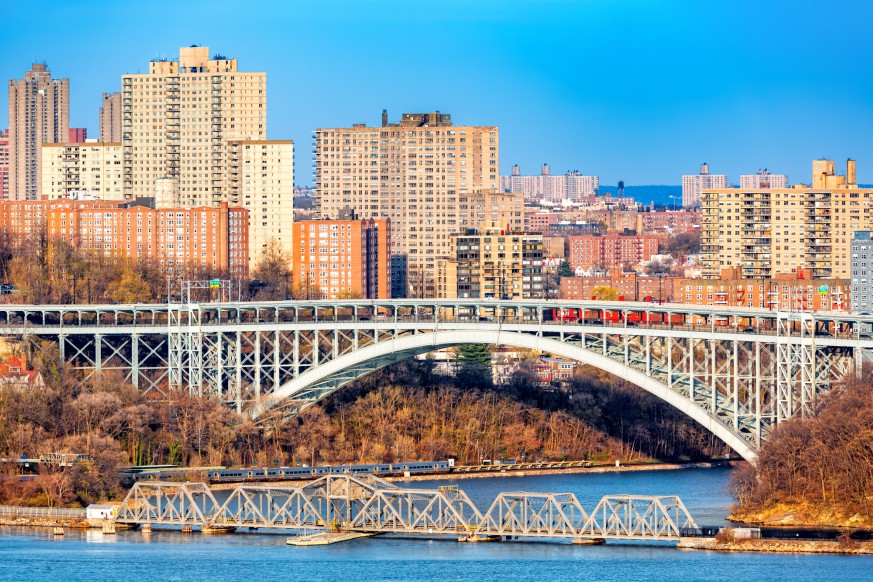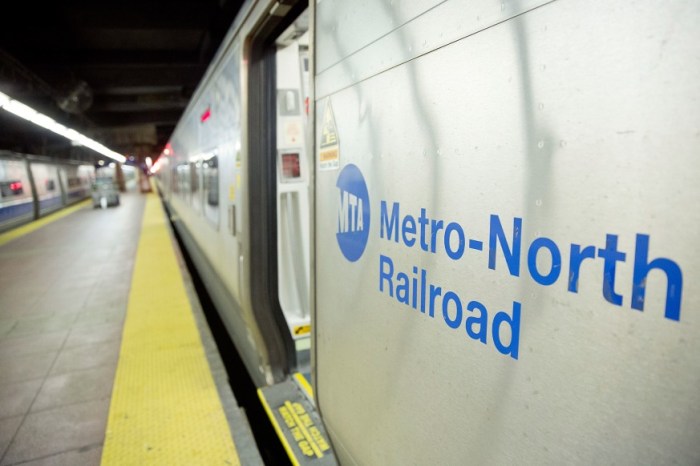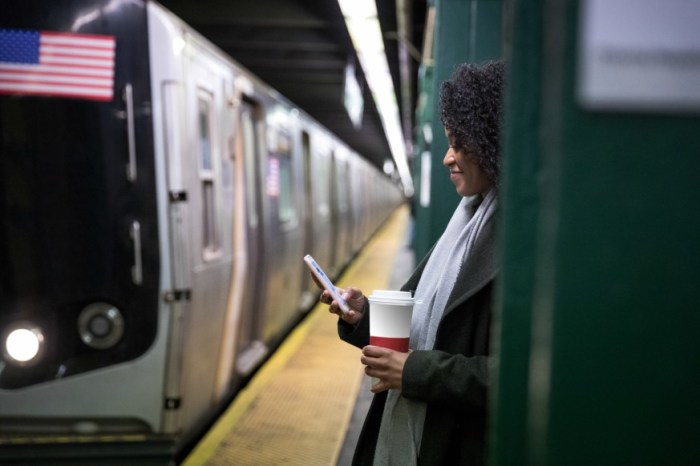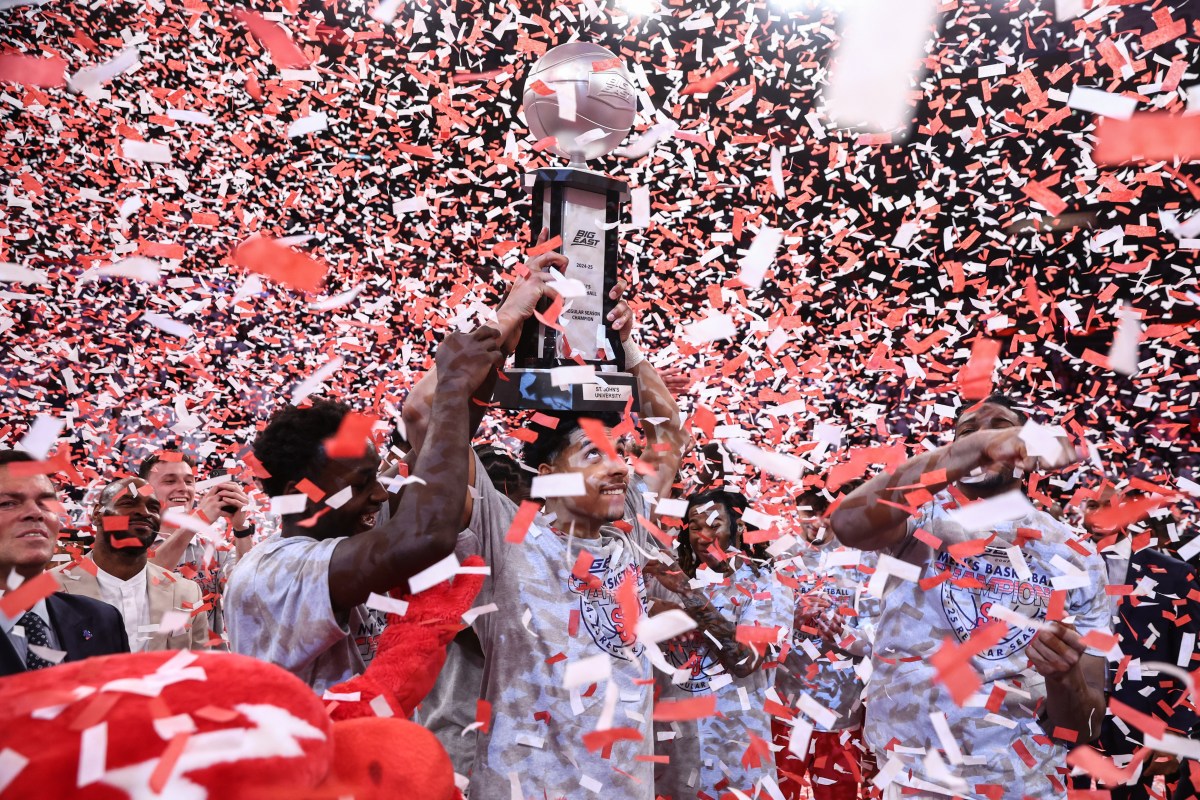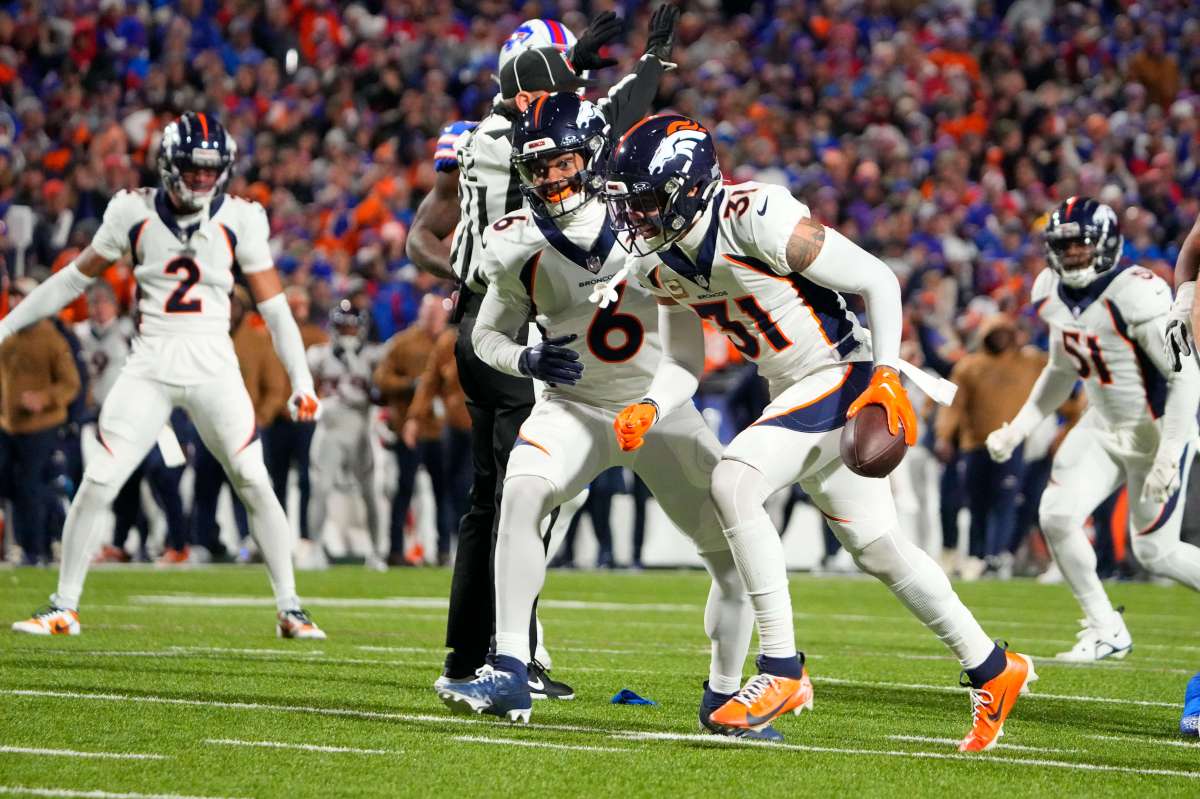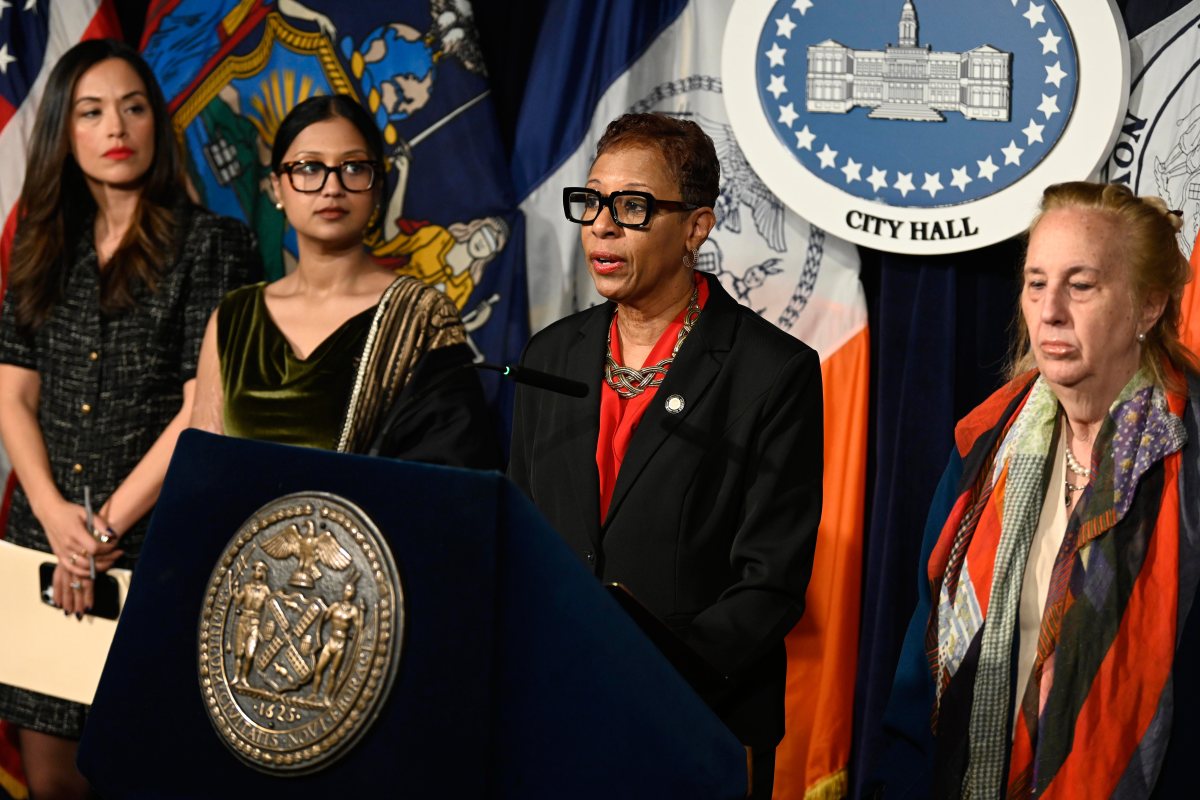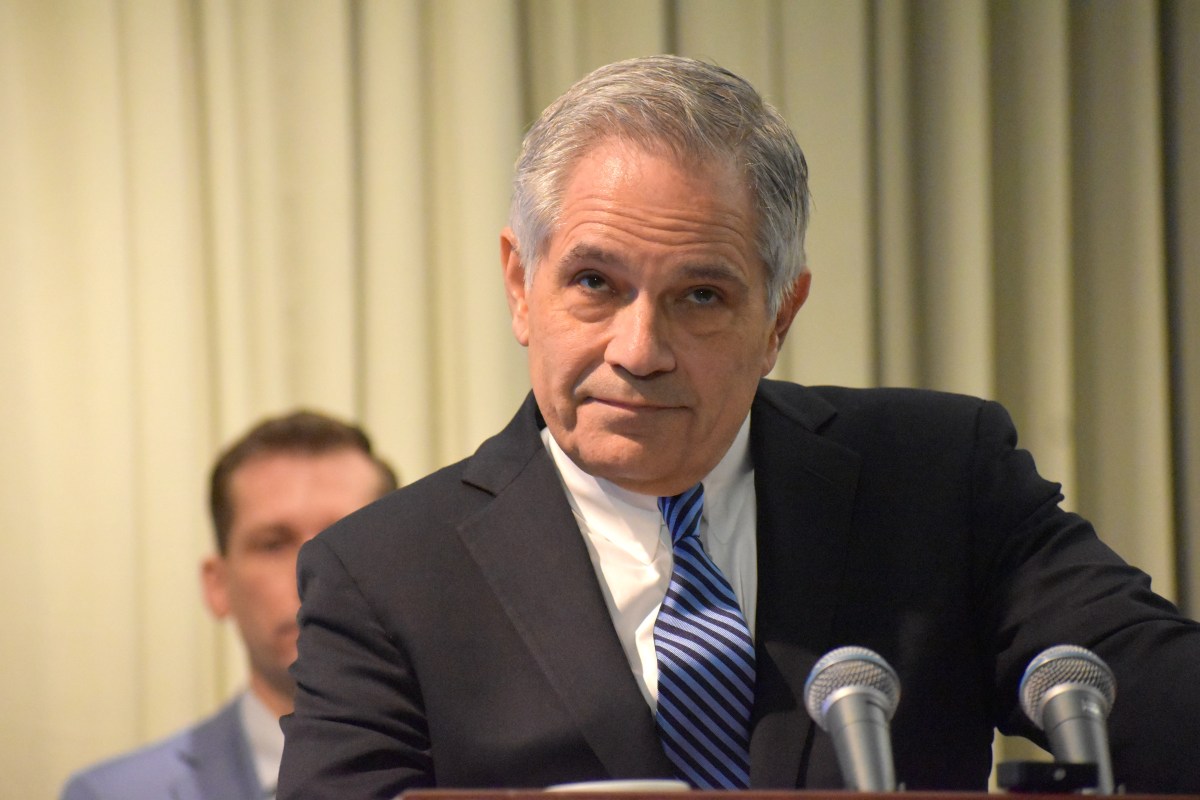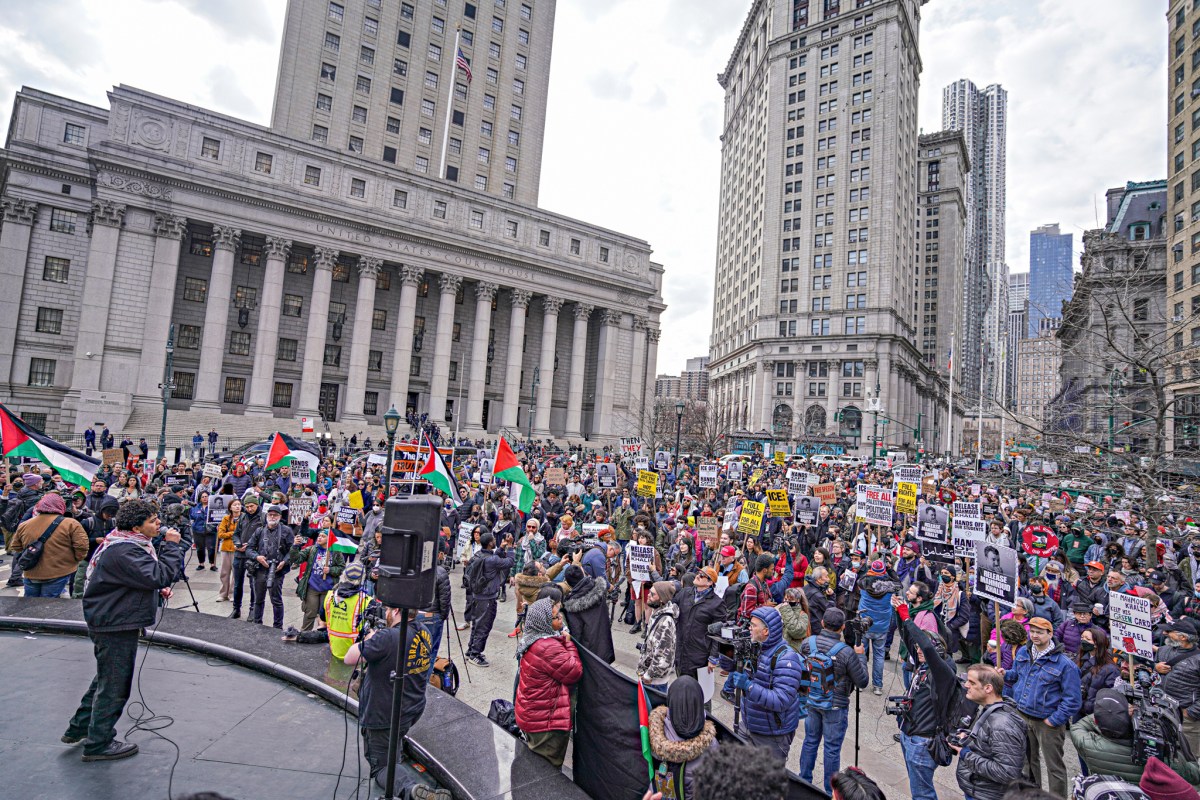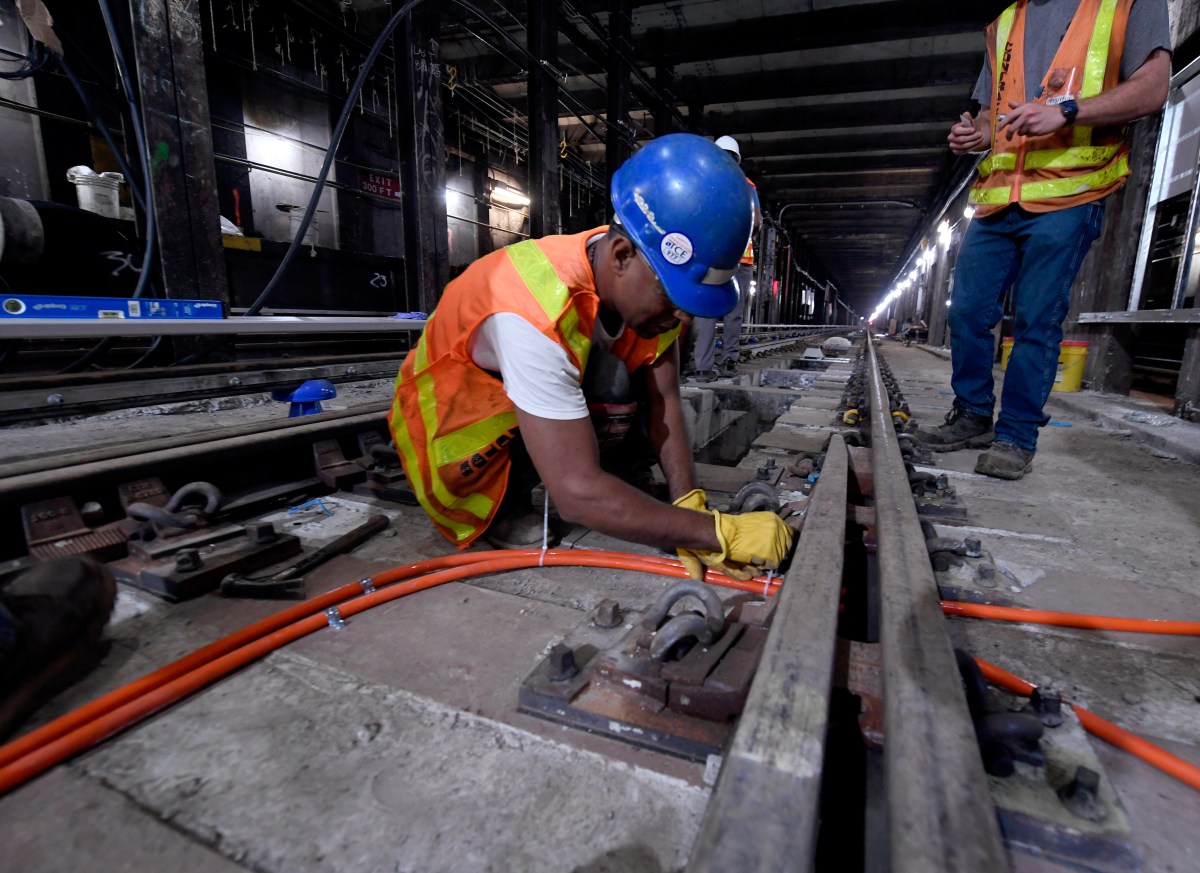According to new data from the MTA, both motorists and the environment are benefitting from the transition to cashless tolling at agency-run bridges and tunnels.
Statistics gathered from a full year at toll plazas that switched from traditional tollbooths to Open Road Cashless Tolling show fewer collisions, a reduction in travel times and less congestion, as well as lower carbon emissions due to the elimination of idling vehicles, the MTA announced Friday.
“The initial results are very encouraging, and we will continue to work at providing our customers an enhanced travel experience at our crossings, while also making sure our facilities remain safe,” Chairman Joseph Lhota said.
Some highlights from MTA’s data collection on cashless tolling:
• There was a 32 percent reduction in travel time
• Drivers saved 3.4 million hours of travel
• Fuel consumption was reduced by 1.6 billion gallons
• Carbon emissions saw a decrease of 15,393 tons
• Total collision rates at MTA bridges and tunnels dropped by 12.8 percent
• Collisions in the old toll exchanges dropped by 41.42 percent
• E-ZPass transactions at MTA bridges and tunnels reached a record high 94 percent
What is cashless tolling?
Open Road or cashless tolling allows drivers to maintain speed limits because dedicated tollbooths and toll lanes are removed. Motorists are charged by driving under a gantry that features sensors and cameras to scan E-ZPass devices or photograph license plates to issue a bill from Tolls By Mail.
When did the MTA start using cashless tolling?
The Henry Hudson Bridge, which connects the Bronx to Manhattan, switched in late 2012, according to the MTA. The other eight agency-run bridges and tunnels converted last year, starting with the Queens Midtown and Hugh L. Carey Tunnels in January and ending with the Throgs Neck and Bronx-Whitestone Bridges in September.

